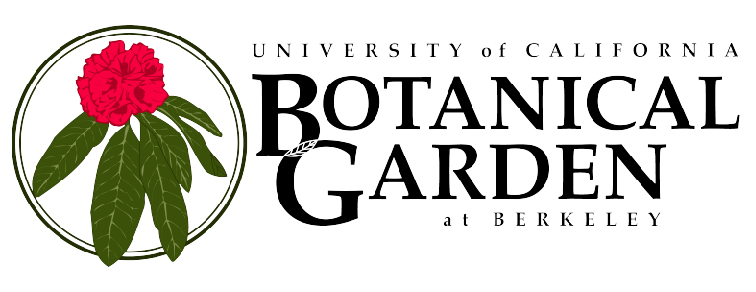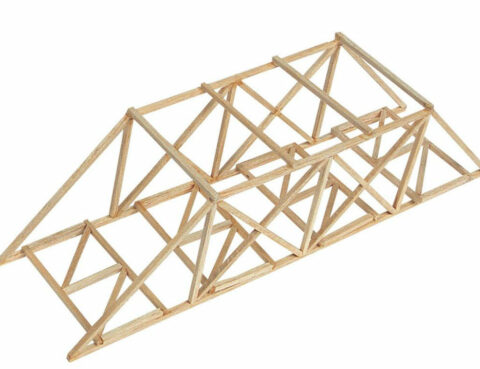
Dr. Lew Feldman, Garden Director One of the questions that students frequently ask me is what is the difference between “hard” and “soft” woods. The answer, however, is not straightforward because the terms hardwood and softwood do not necessarily relate to the density or hardness of the wood itself. Rather, the wood type depends on…
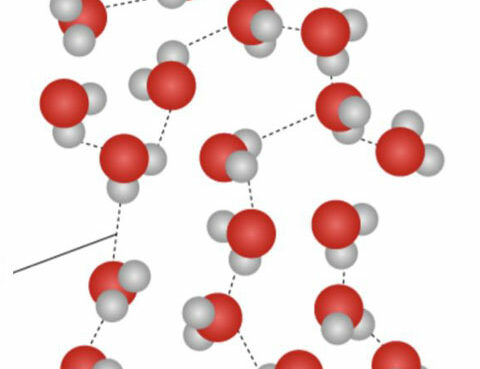
Dr. Lew Feldman, Garden Director Water Transport How do plants “drink” water? In this issue of IGYA we consider the process of water movement in plants, over great distances, such as to the tops of tall trees, without the aid of a pump. To appreciate how plants carryout this great feat, we need to consider…
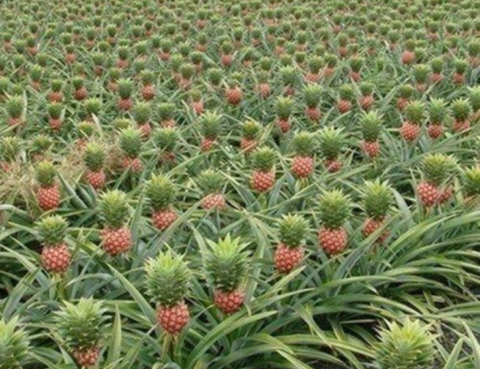
Dr. Lew Feldman, Garden Director In previous IGYAs, we discussed two major plant signaling molecules: auxin and gibberellin. In this third write-up on plant growth and development controls, we will consider the molecule ETHYLENE, agriculturally and commercially the most important plant signaling molecules. Unlike auxin and gibberellin, which are moved about the plant via internal…
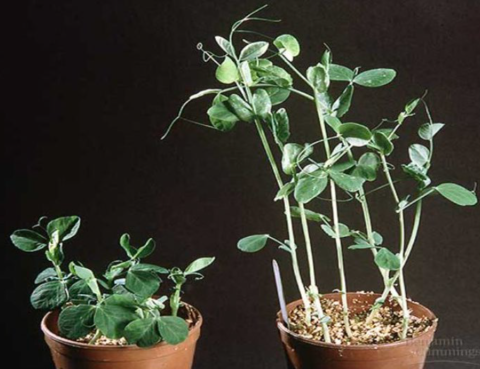
Dr. Lew Feldman, Garden Director In a previous IGYA we began discussing the regulation of growth and development in plants via signaling molecules and focused on the naturally occurring compound known as auxin. In this write-up, we will consider a second group of signaling molecules called the gibberellins (abbreviated GA). As with auxin, in discussing…
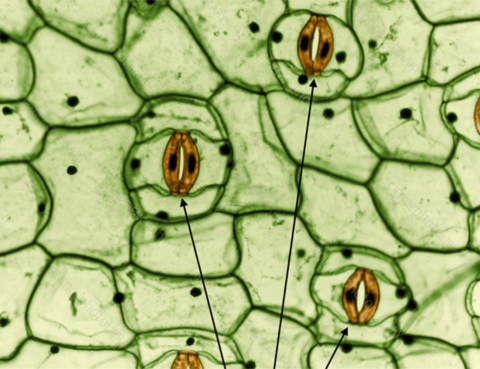
Dr. Lew Feldman, Garden Director Over the past few weeks I have received many inquiries and questions about the effects of wildfires, and in particular, smoke and ash, on plants. In the western US fire has shaped plant communities for more than 300 million years and thus fire is regarded as an important factor in…
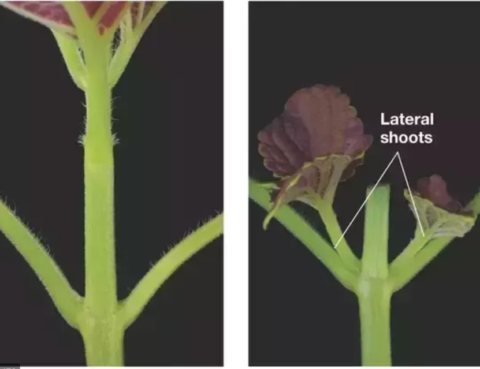
Dr. Lew Feldman, Garden Director In this issue of IGYA we want to begin a discussion of how plants control their growth and development. In particular, I want to consider how our understanding of these controls relates to common horticultural practices. As in animals, plants too have signaling molecules which occur in extremely low concentrations…
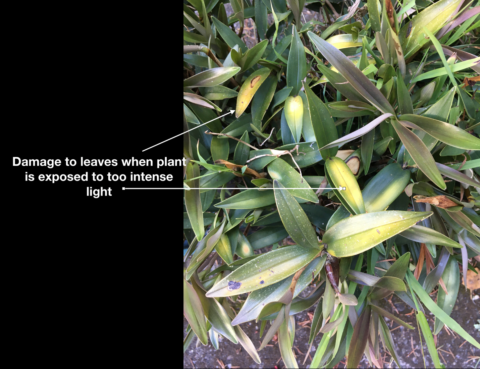
Dr. Lew Feldman, Garden Director Changing the Location of a Plant One of the more common and challenging activities for both indoor and outdoor gardeners is changing the location of a plant, which is sometimes necessary when a plant has become too large for a particular location, or, for indoor houseplants, perhaps associated with rearranging…
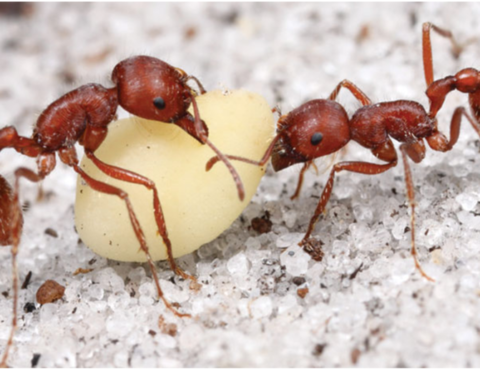
Dr. Lew Feldman, Garden Director In a previous IGYA: The Seed, we spoke of the seed being a most remarkable structure, comprised as it is of the embryo, nutrition to support the newly germinated seedling and often modifications to facilitate seed dispersal. Once dispersed, the seed is ready for germination; or is it? Getting seeds…
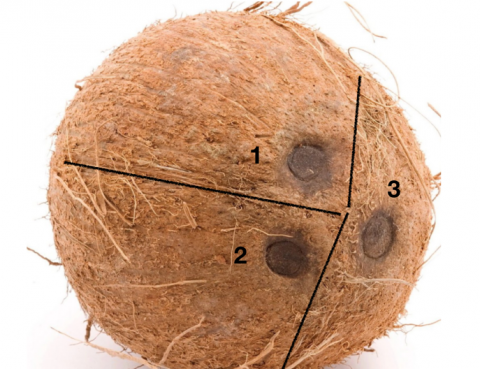
Of the many different structures produced by plants, one of the most remarkable is the seed. At its most basic, the seed is a reproductive structure consisting of an embryonic plant enclosed in a protective covering, the seed coat. But this simple definition hardly acknowledges all that the seed is and does. Within the seed…
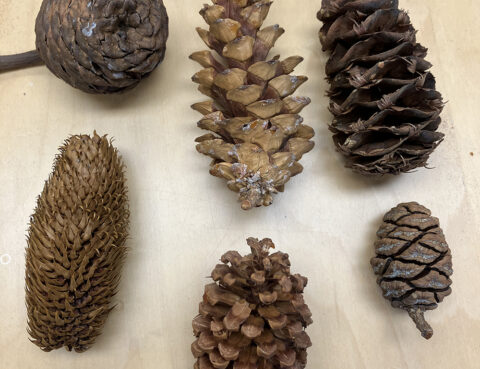
Image above: A selection of cones from a variety of conifers Dr. Lew Feldman, Garden Director Cones, such as found on pine trees, serve to protect the developing seed. Sometimes too, pine cones function in dispersal of the seeds. Because of their often large sizes, it takes a lot of energy (photosynthate) to make a…
